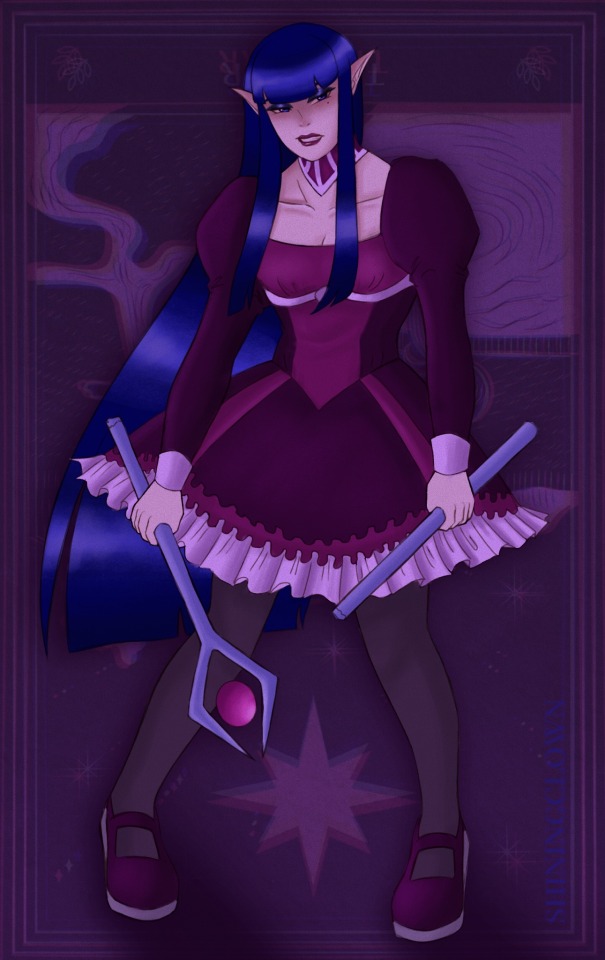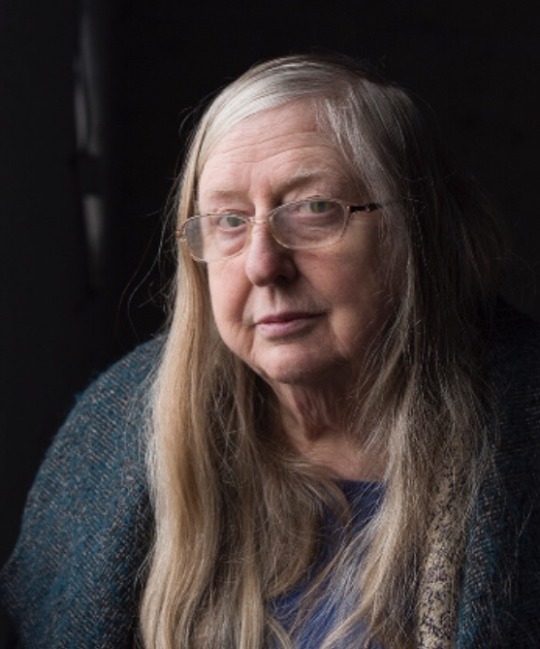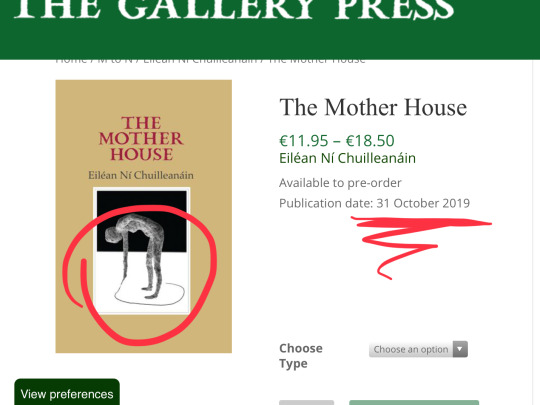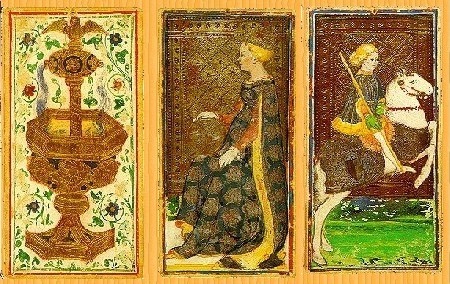#the background is a tarot of the star inversed
Text

“Under the light of Solaria, I will always remain in her shadow.”
#winx#winx club#chimera#fanart#artists on tumblr#jester talks about stuff#ive wanted to make fanart about chimera angst for a while haha#i misremembered that stella broke chimeras staff in the show but its more angsty that way#the background is a tarot of the star inversed#bc i wanted to show her despair#and also bc i think i saw rus hc her as the fairy of the stars#anyway rus hope you like it-#pls click for hq pic!
84 notes
·
View notes
Text
Eiléan Ní Chuilleanáin — National Poet, Devil Worshipper

The Irish poet Eiléan Ní Chuilleanáin — appointed Ireland Professor of Poetry in 2016 — is not the most assuming of poets. She is far removed from the outrageous excesses of Baudelaire or the eccentricities of Cummings. In fact, she is very ordinary. Some might even say — bland.
And yet, beneath the inconspicuous surface, Ní Chuilleanáin exhibits a far more sinister nature. Her poetry is teeming with strange references to obscure knowledge, allusions to occult practices and Satanic symbols. The first examples of this darker side of her work were provided to me by an anonymous member of the Tikki Troops, to whom I am immensely grateful for sparking this extended investigation, the fruit of which I will share with you in this blessay.
Because numerology plays a significant part in occult symbolism, I decided to start with a cursory numerological analysis of one of Ní Chuilleanáin's poems — Street. There are two main ways of calculating the significant number of a word or text — the simpler Pythagorean system, and the gematria form, which is Hebrew in origin but can be applied to the English language as well. Applying these two systems to the poem's title gave the same result — the number 6. This is significant — 6 and 11 are the two most important numbers to Satanists. 1 What's more, the poem has 11 lines. Carrying out the analysis on the full text of the poem gives — remarkably — the same result in both systems as well: 7. This number is not specifically associated with Satanism, but it is of enormous importance in numerology in general — it may well be the most important number of all. It is significant in Hindu, Muslim, Judeo-Christian, Ancient Egyptian and Native American tradition, among others.2 The focus on the shoes being "paired" may be meaningful, because Pythagoras associated the number 2 with disorder, evil and the underworld.3 This linking of sacred and Satanic numbers is representative of Satanism in general, which often employs sacred elements in a profane way — for example, the drinking of blood instead of wine from a chalice in a parody of Christian mass. Dates are also often given a numerological significance in occult practice, and I immediately thought of the poem To Niall Woods and Xenya Ostrovkaia, married in Dublin on 9 September 2009 with the bizarrely conspicuous date in its title. The value of the date simplifies to 11 — a Satanic number, of course — but more importantly, expressing the date as 09/09/09 makes the 999 contained in it explicit; 999 is considered powerful in Satanism because it is simply an inversion of 666.4 Incidentally, Ní Chuilleanáin's latest poetry collection, The Mother House, came out on 31 October 2019 — yes, the date of Halloween. A strange decision to say the least. I imagine that a comprehensive numerological analysis of the entire body of Ní Chuilleanáin's work would be extremely insightful; it is, however, well outside of the scope of this blessay.

Doors are frequently seen in Ní Chuilleanáin's poetry, usually associated with some mystery hidden behind them — The Door is the most obvious example, but they also feature prominently in Street and All For You. Stairs and keys are no less a common theme; all three of these symbols represent the hidden, forbidden, esoteric knowledge involved in all kinds of occult practice. This reminded me of a rather strange interview with Ní Chuilleanáin that I read in which she explains the prevalence of nuns in her poetry by saying that "...nuns have always had their own way of living, their own community, their own rituals and festivals — they are surprising people."5 Their hermetic community and special rituals are definitely not the first thing I would think of if asked about nuns. Ní Chuilleanáin seems oddly fixated on secrecy and esoteric practices revealed only to members of a specific group; why might this be, I wonder?
The moderately alert reader will find a wealth of occult allusions and symbols in Ní Chuilleanáin's poems, especially relating to witchcraft. Street mentions bloody crescents imprinted on the stairs; a blood moon was historically connected to occult practice and two crescents together with a circle — one like the "ring" seen in the poem — constitute the Triple Moon symbol in Wicca.6 Fainfall links the mysticism of twilight, dawn and fog with a ghostly presence. Cats — the most famous of witch familiars — are common in her poetry, including the strangely forced reference in The Bend in the Road — "A tall tree like a cat's tail waited too." Kilcash references bonfires and features the oddly apocalyptic line "our ancestors' house will rise up." The Pig-boy features the kind of bestialisation associated with human sacrifice. which is employed by Satanists to signify the dominance of human carnal nature.7 Lucina Schynning in Silence of the Nicht seems to concern a witch in its entirety. And the poem's bizarre title is the opening line of a 15th-century poem by William Dunbar called — wait for it — The Birth of Antichrist.
Deaths and Engines features a curious allusion to the divinatory art of chiromancy (palm-reading) — "the lifeline in your palm// Breaks". This made me think about other methods of divination, of which perhaps the most famous is taromancy — a form of cartomancy which employs the Tarot deck, especially its 22 picture cards, called the Major Arcana. I looked through several of Ní Chuilleanáin's poems to see if I could spot obvious references to it, and I soon struck gold with To Niall Woods..., which focuses on the imminent journey of a newlywed couple. I immediately identified allusions to five cards of the Major Arcana: The Fool, The Tower, The Stars, The Lovers and The Emperor, all of which fit the poem's theme nicely. The Fool represents a new journey; The Tower, a radical change; The Stars, hope and fulfilment; The Lovers, affairs of the heart; The Emperor represents authority, but given the context of stealing from him we can take the inverted meaning of the card, which is authoritarianism and an abuse of power. We thus have lovers experiencing a radical change by leaving what they know to pursue their hopes and dreams on a new journey, freeing themselves from their constraints — "Leave behind the places that you knew:/ All that you leave behind you will find once more." We thus see that Ní Chuilleanáin associates the events of her poetry with occult divinatory symbolism. Once again, I think that a detailed examination of her work from the angle of Tarot and other fortune-telling systems would be an exciting research opportunity.

I must admit that I have little background and knowledge in the area of Satanism and occult symbolism; I am sure that someone more familiar with this kind of material would be able to find much, much more of note in the poetry of Ní Chuilleanáin. I also regret not being able to give this investigation the amount of time and effort it merits. Nonetheless, I think that even this shallow analysis reveals a trove of secrets about one of the most famous Irish poets alive and allows us to view her work in a new — bloodier, more sinister — light.
“Occultist Numerology Numbers and Meanings.” Exposing Satanism, https://www.exposingsatanism.org/occultist-numerology-numbers-and-meanings/. ↩︎
Kathryn Wilkinson (ed.), “Signs & Symbols.” (Dorling Kindersley, 2008). 295. ↩︎
Ibid. 294. ↩︎
“Occultist Numerology.” ↩︎
“Interview with Eiléan Ní Chuilleanáin.” Wake Forest University Press, https://wfupress.wfu.edu/an-interview-with-eilean-ni-chuilleanain/. ↩︎
“Signs & Symbols.” 193. ↩︎
Ibid. 190. ↩︎
3 notes
·
View notes